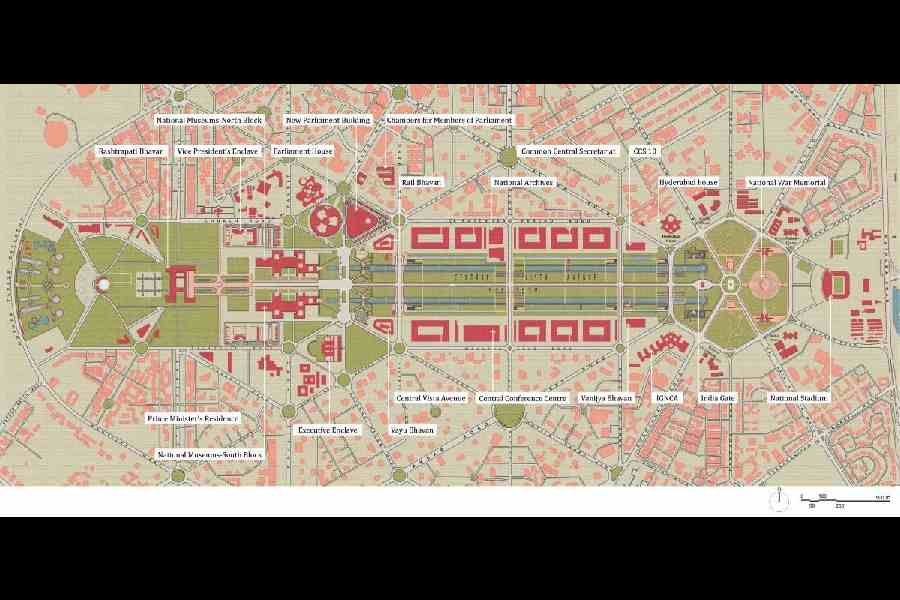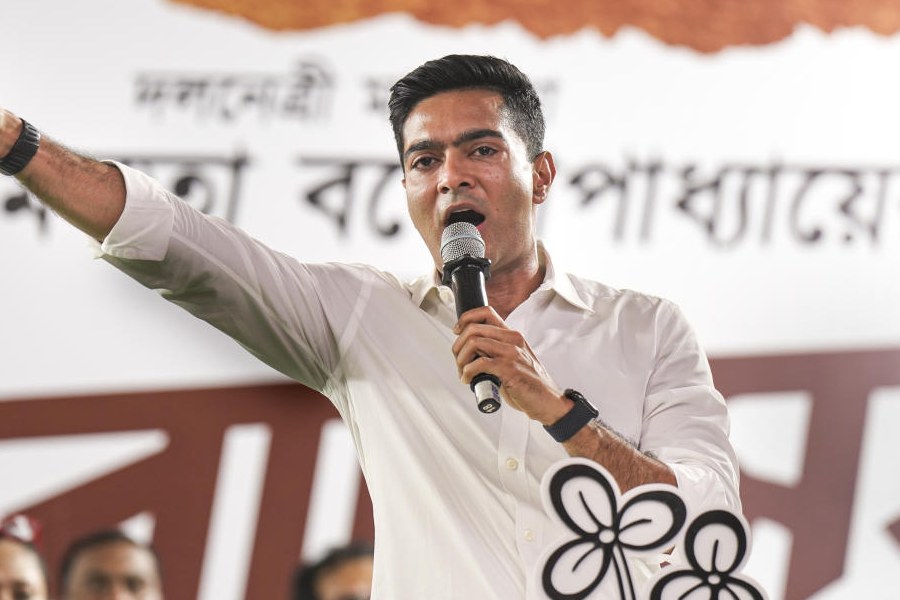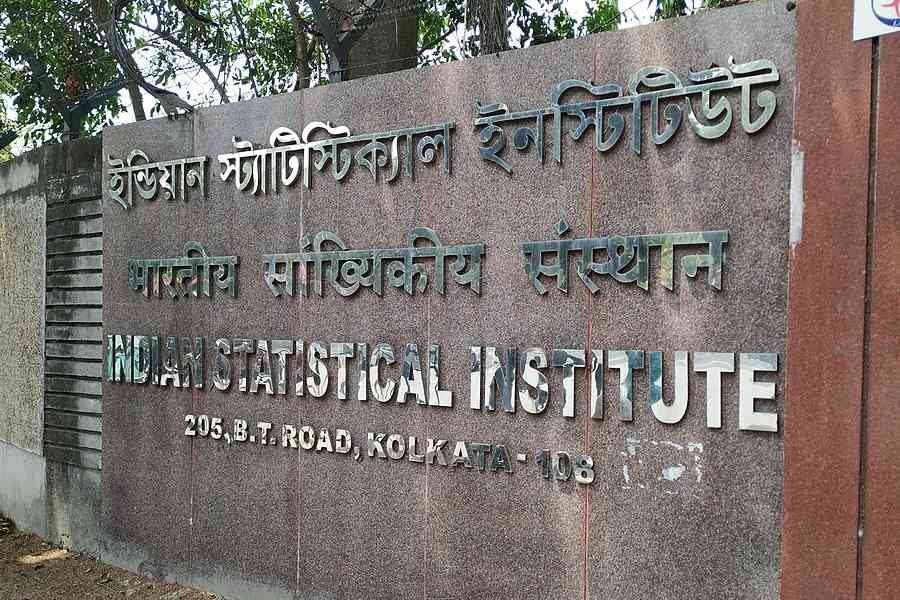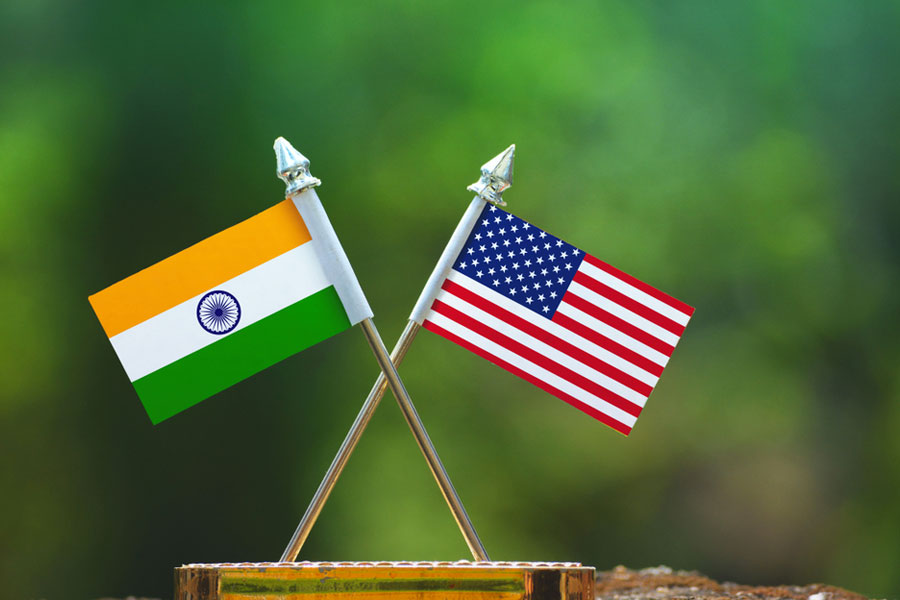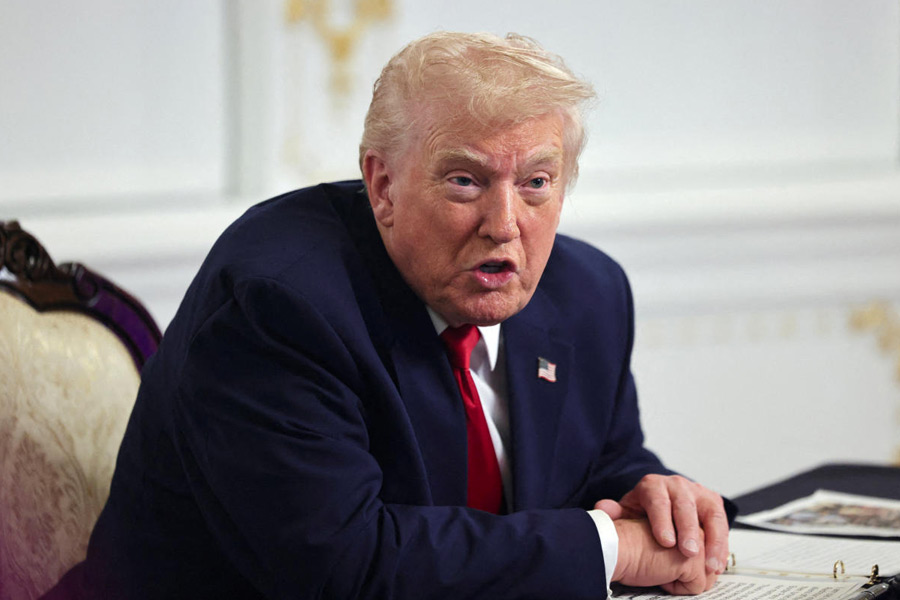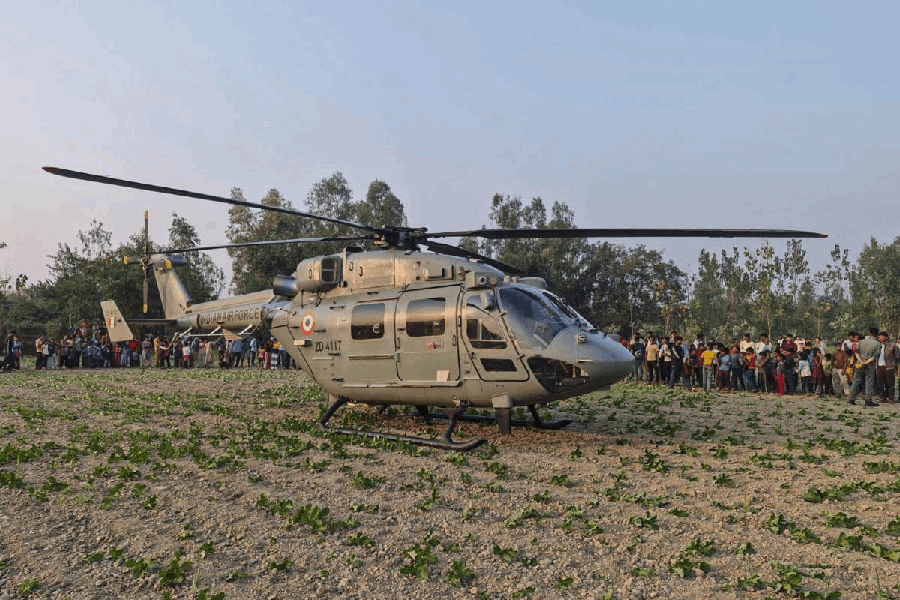In the December of 1971, just as Indian armed forces were steamrolling the Pakistani military towards surrender in Dhaka, Prime Minister Indira Gandhi upscaled her office to found the nation’s singular powerhouse.
Parmeshwar Narayan Haksar, a foreign service officer, was appointed principal secretary to the Prime Minister and began to serve as boss of what would henceforth be called the Prime Minister’s Office (PMO), an uber secretariat that reported only to the Prime Minister and towered over the national bureaucracy, often even the cabinet in de facto ways.
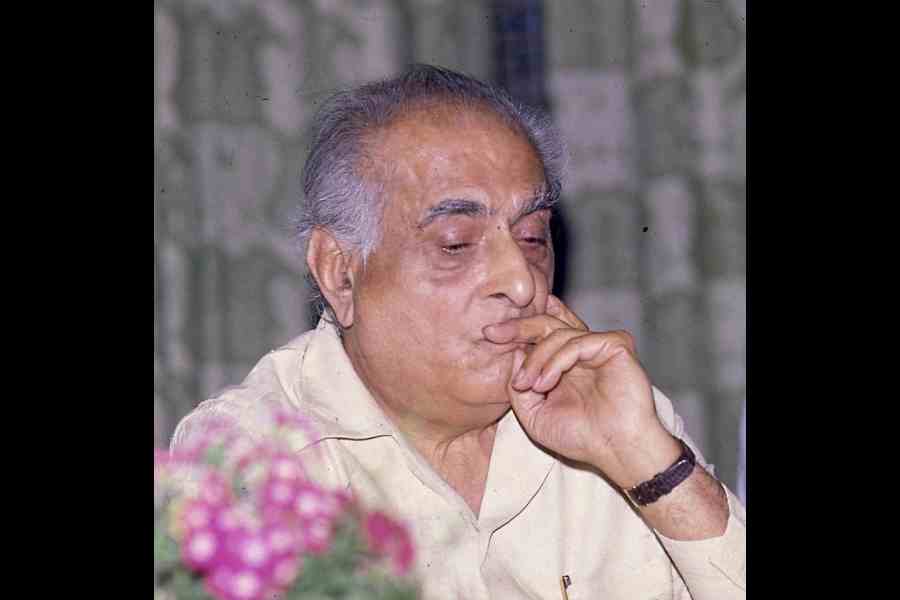
P.N. Haksar, Deputy Chairman, Planning Commission.
Haksar had retired from the IFS just the previous day; his formidable reputation coupled with Indira Gandhi’s forbidding persona instantly gave the PMO the ring of authority that resounds to this day.
Until Indira Gandhi made that move to centralise decision-making under herself, the highest-ranking government official aiding India’s Prime Minister would be a joint secretary.
More than half a century later, Prime Minister Narendra Modi is about to effect a lateral shift. South Block, the majestic red Dholpur-sandstone citadel atop Delhi’s Raisina Hill, from where independent India has forever been ruled, is about to turn a relic — a museum is planned to span its four mammoth floors, each possessed of a thousand or so rooms. It remains unclear what would come to occupy such boundless spaces.
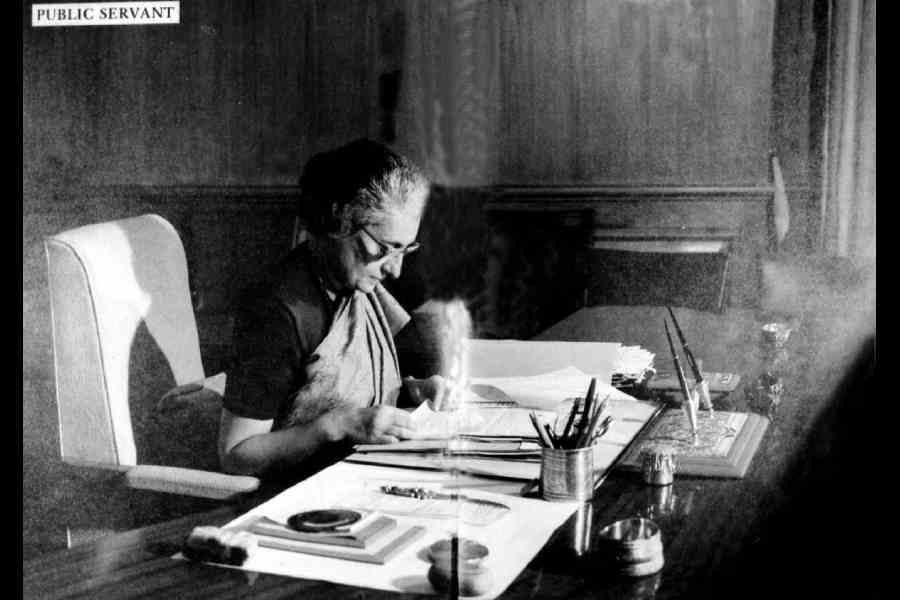
Indira Gandhi at her desk in South Block.
Come September, power will trundle down the capital’s storied hill to Vijay Chowk, make a ninety-degree twist to the right, and settle into new premises christened the Executive Enclave.
Another manoeuvre — akin to the move from the circular, colonnaded halls of Parliament to the new container-box format — that will likely be termed by its votaries as a mark of liberation from imperial trappings.
The Executive Enclave is a “Make in India” swivel whose construction proceeded apace behind high metal screens through the devastation and prohibitions of the coronavirus.
Imagined under the canopy of the Central Vista Project and designed by Ahmedabad-based architect Bimal Patel, the enclave is being fashioned out of a mix of red and yellow sandstone and has been merchandised by the Modi government as a project birthed in the “shadow of history with dreams of tomorrow”.
The new Central Vista, of which the new PMO is about to become an organic part, is meant to become “a bold new chapter in the heart of New Delhi… (which is) more than bricks and building, and is a symbol of India’s spirit”.
The would-be PMO sits gazing north across Vijay Chowk — staging post of the Beating Retreat ceremonies, also being shorn of “colonial” tunes and trimmings year after year — where the old and new Parliament buildings are located.
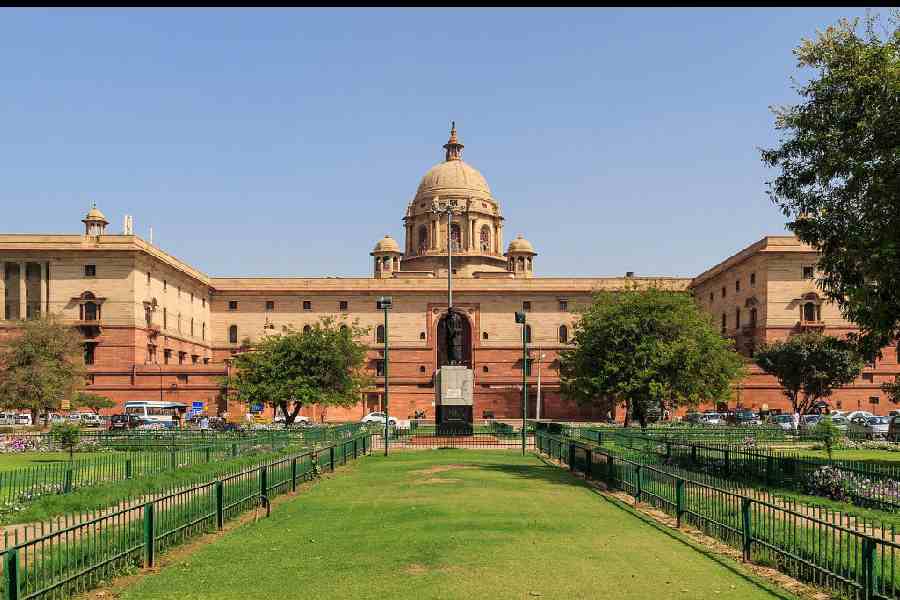
South Block Promo 1
A dog’s pee-walk to its left will be located the new official residence of the Prime Minister of India. Modi currently lives and works out of 5-7 Lok Kalyan Marg — earlier 5-7 Race Course Road — which lies a kilometre or so south of where his new residenceis plotted out.
The cabinet secretariat, the national security secretariat and a conference facility are also planned in the close vicinity of the new PMO and Prime Minister’s residence.
The staggeringly barricaded residence of Union home minister Amit Shah on 6A Krishna Menon Marg (previously home to late Prime Minister Atal Bihari Vajpayee) lies within a furlong, and will likely fall in the high-security VVIP zone that this acreage is fast being turned into.
Shah recently vacated his offices in North Block — a doppelgänger to South Block on the north side of Raisina Hill and also slated to become a museum — and moved to new premises labelled Kartavya Bhawan 3.
This is a seven-storey, two-basement complex on a 1.5 lakh square metre piece of land eastwards down the Central Vista (Kartavya Path) where several new — and similar — structures are planned to house a web of key ministerial offices and secretariats.
Inaugurated by Modi on August 6, Kartavya Bhawan 3 is also to be the new headquarters of the external affairs ministry, among others, such as rural development, petroleum and micro, small and medium enterprises.
All of this human exodus from the flanks of the Raisina Hill will probably render the looming expanse on its crown — the Rashtrapati Bhawan — a lonelier place than it has ever been, with no more for company but the houses of bygone objects to either side.

